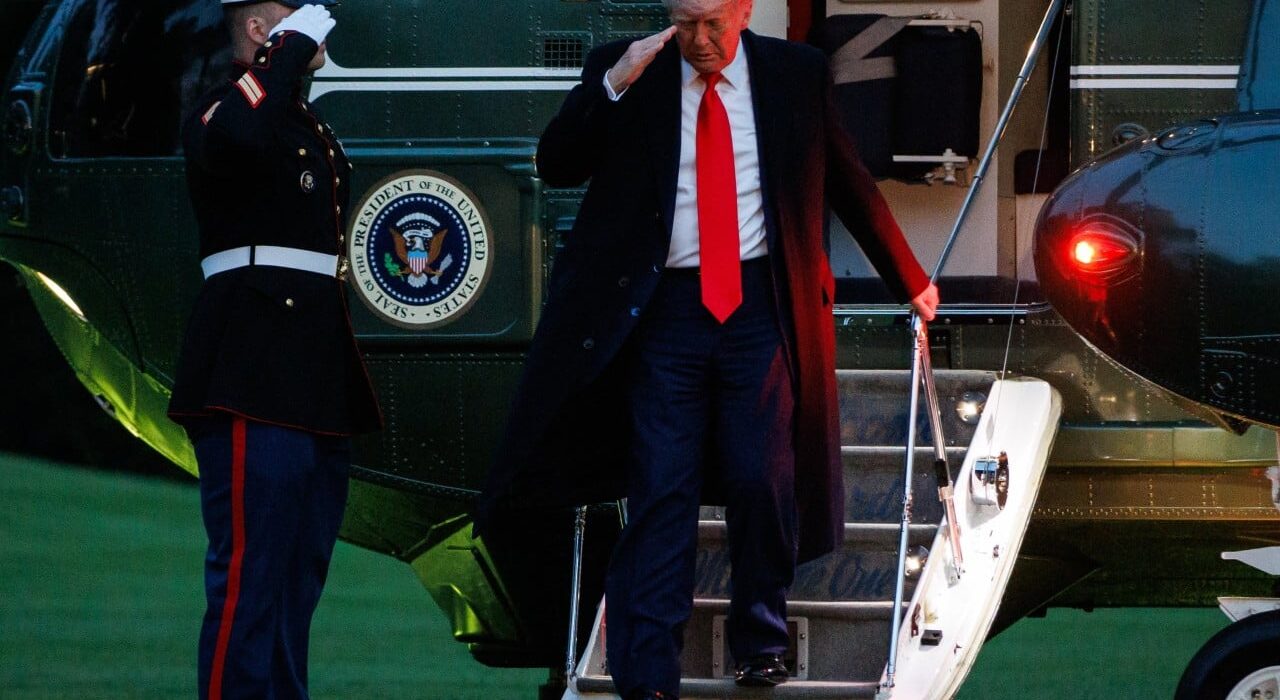In the complex geopolitical landscape of Asia, concerns are mounting over the reliability of the United States as a security partner. The resurgence of former President Donald Trump and his America-first policy has triggered unease among allies and partners in the region. This apprehension has fueled a palpable sense of uncertainty, leading to a surge in militarization across Asia, a trend that shows no signs of abating.
A recent report by the International Crisis Group (ICG), a respected non-profit organization, delves into these pressing issues under the title “Asia in flux: the US, China and the search for a new equilibrium.” The report underscores the urgent need for collaboration between Washington and Beijing to mitigate the risk of unintended conflicts that could spiral into a regional arms race. Huong Le Thu, the Asia deputy programme director at ICG, emphasized the current state of flux in geopolitical dynamics, describing it as the “new normal.”
The report’s findings shed light on the far-reaching implications of the shifting balance of power in Asia. The delicate equilibrium that has been painstakingly maintained is now under threat, with the resurgence of isolationist policies and unilateral actions. The unpredictability stemming from the America-first approach has reverberated across the region, leaving allies and partners grappling with uncertainty about the US commitment to regional security.
As experts analyze the evolving scenario, one thing remains clear: the need for a recalibration of strategies and alliances in response to the changing geopolitical landscape. The resurgence of great power competition, particularly between the US and China, has set the stage for a new era of uncertainty and volatility in Asia. The notion of a stable and secure Asia is being increasingly called into question, prompting a reevaluation of existing security arrangements and partnerships.
The report’s call for Washington and Beijing to find common ground to avert a potential arms race underscores the gravity of the situation. The specter of heightened tensions and military build-up looms large, casting a shadow over the region’s future stability. The delicate dance between the two superpowers, fraught with strategic competition and mutual suspicion, has left many in Asia on edge, unsure of what the future holds.
In conclusion, the report serves as a stark reminder of the complexities and challenges facing Asia’s security landscape. The resurgence of nationalist and protectionist policies has upended traditional alliances and norms, paving the way for a more uncertain and volatile future. As the region navigates these turbulent waters, the onus falls on policymakers and leaders to chart a course that promotes stability, cooperation, and mutual trust. The question remains: can the US be relied upon for Asia’s security in this evolving geopolitical terrain, or are we on the brink of a new era defined by instability and militarization?
Originally reported by South China Morning Post
Read more at: https://www.scmp.com/week-asia/politics/article/3311506/can-us-be-counted-asia-security-crisis-report-casts-doubt-warns-arms-race?utm_source=rss_feed

